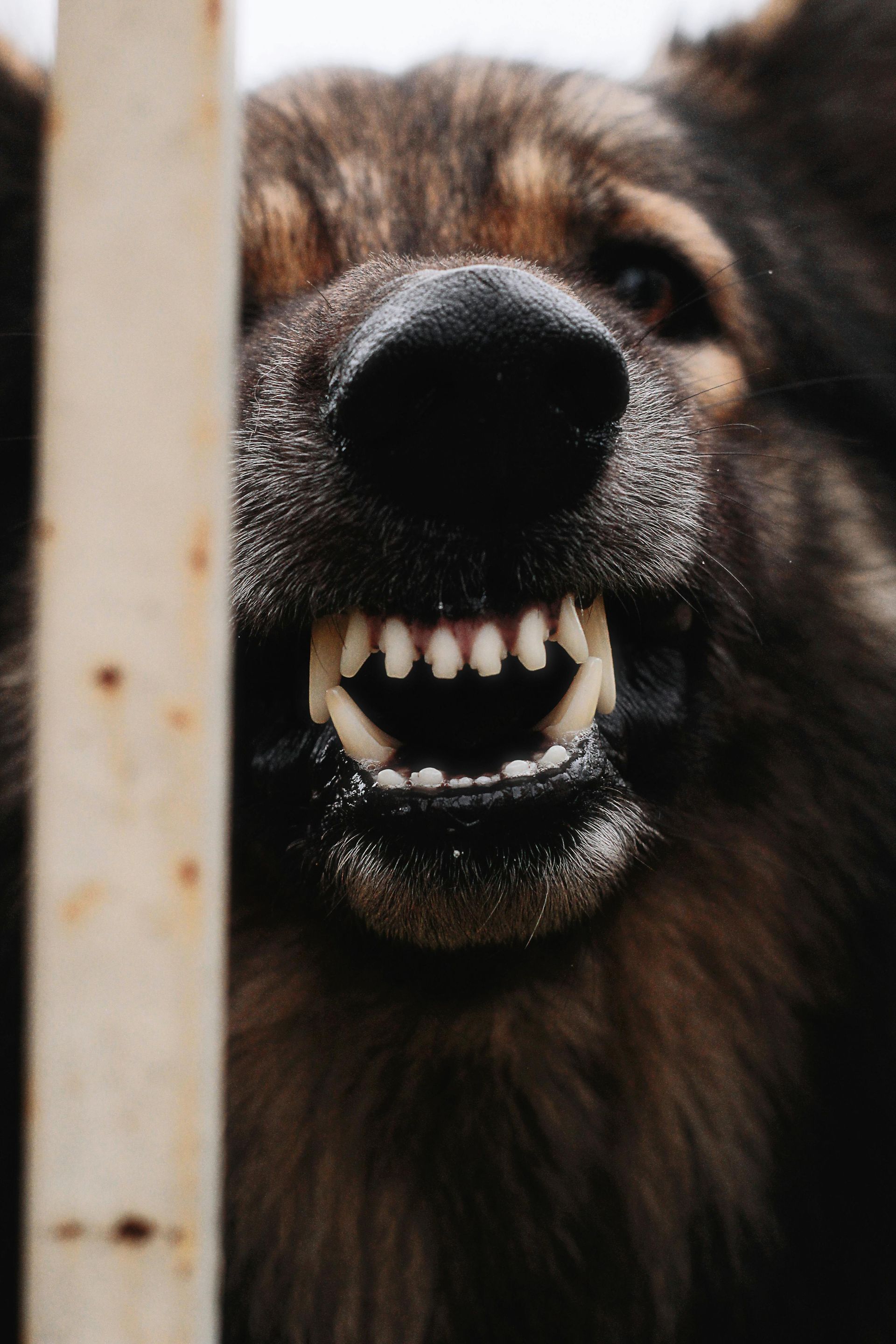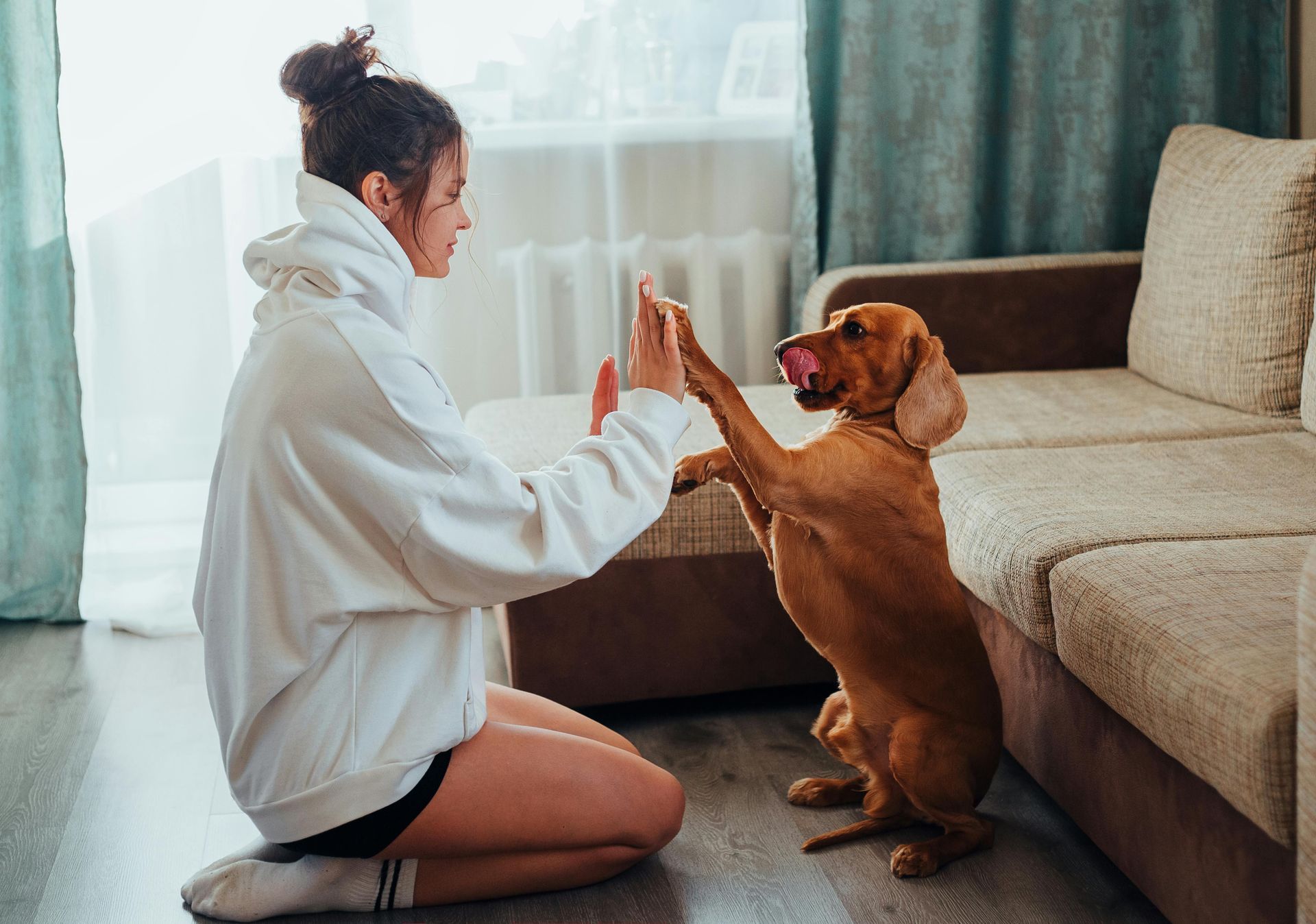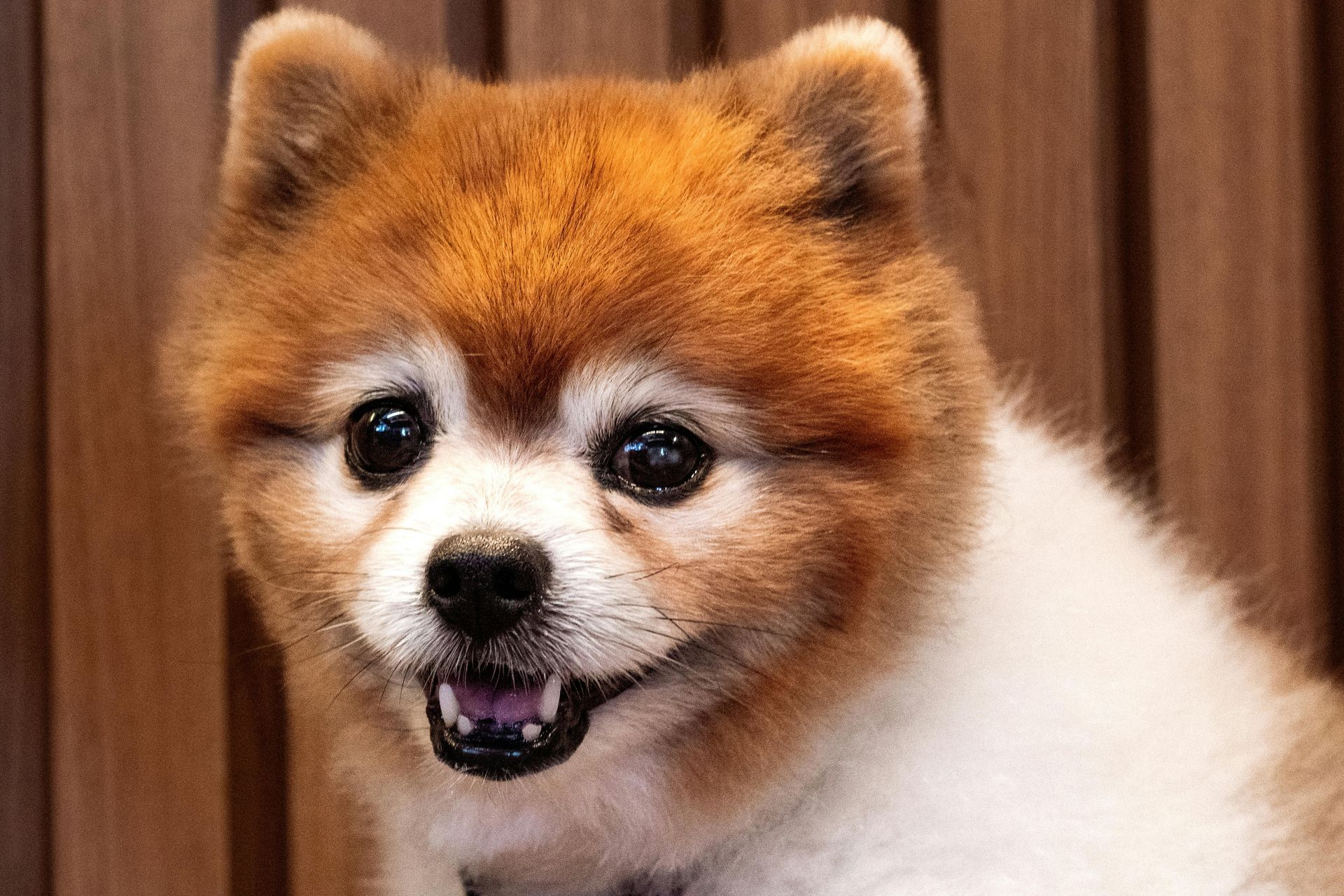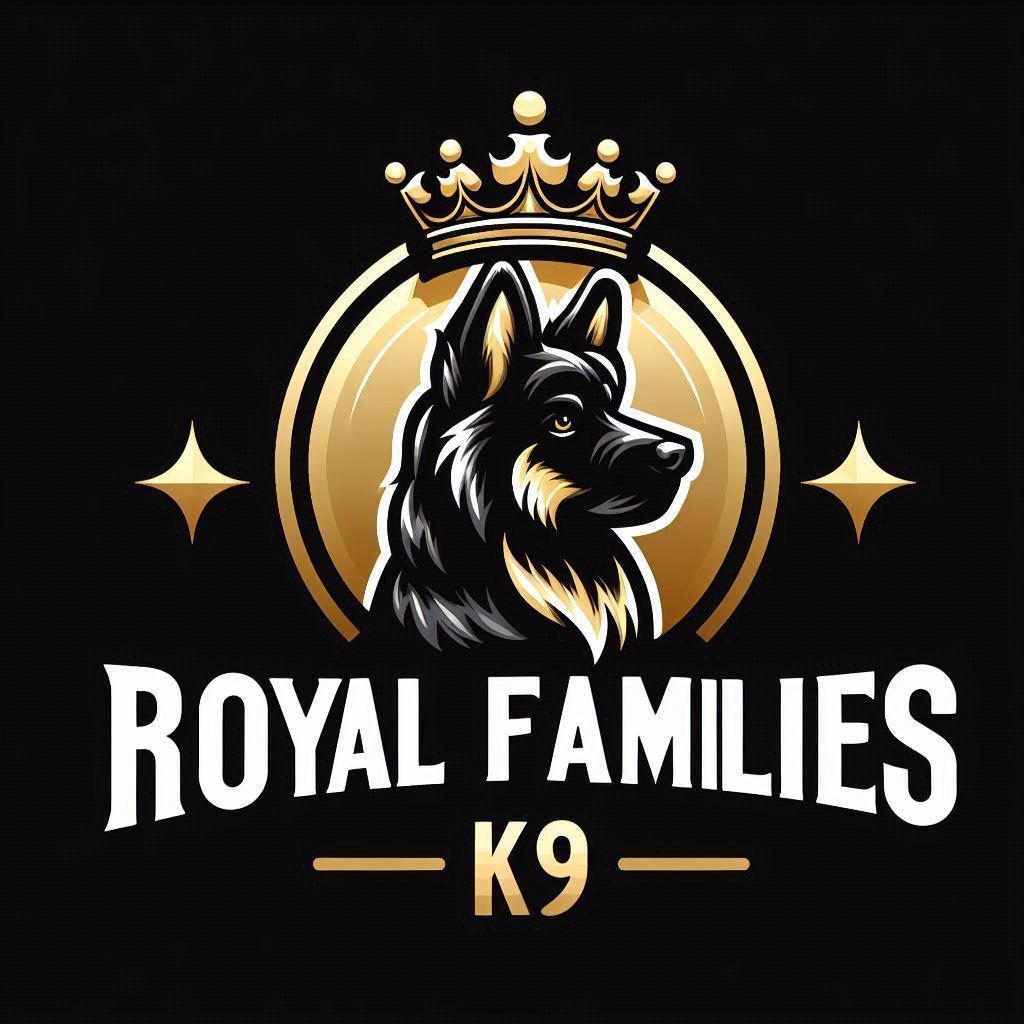Royal Library
A Practical Guide to Deal with Aggression

Managing aggression during socialization can be challenging, but with the right approach, you can help your dog learn to interact positively with others. Here’s a simple guide to understanding and handling aggression during socialization:
Recognize Signs of Aggression
Understanding the signs of aggression is crucial. Common signs include growling, barking, snarling, snapping, and biting. Other indicators can be stiff body posture, raised hackles, intense staring, and a tightly closed mouth. Recognizing these signs early can help you intervene before the behavior escalates.
Identify Triggers
Identify what triggers your dog’s aggressive behavior. Common triggers include unfamiliar people, other dogs, loud noises, or certain environments. Understanding the cause of the aggression can help you manage and address it more effectively.
Use Positive Reinforcement
Positive reinforcement is key to changing aggressive behavior. Reward your dog for calm and non-aggressive behavior with treats, praise, and affection. This helps your dog associate positive experiences with social interactions.
Gradual Desensitization
Gradual desensitization involves exposing your dog to the trigger at a distance where they remain calm. Gradually decrease the distance over time, rewarding your dog for staying calm. This helps your dog become less sensitive to the trigger and more comfortable in social situations.
Teach Alternative Behaviors
Teach your dog alternative behaviors to replace aggressive responses. Commands like “sit,” “stay,” and “leave it” can provide structure and help redirect your dog’s focus away from the trigger. Practice these commands in controlled environments before applying them in more challenging situations.
Provide a Safe Space
Ensure your dog has a safe space to retreat to when they feel overwhelmed. This could be a crate, a specific room, or a quiet corner where they can relax and feel secure.
Use a Leash and Muzzle if Necessary
If your dog’s aggression poses a safety risk, consider using a leash and muzzle during socialization. This helps maintain control and ensures the safety of your dog and others. Make sure to introduce the muzzle gradually and associate it with positive experiences.
Seek Professional Help
If your dog’s aggression is severe or persistent, consider seeking help from a professional dog trainer or veterinary behaviorist. They can provide personalized guidance and develop a behavior modification plan tailored to your dog’s needs.
Stay Calm and Patient
Dogs can pick up on their owner’s emotions, so it’s important to stay calm and patient. Avoid reacting negatively to your dog’s aggression, as this can exacerbate the issue. Instead, provide gentle reassurance and support.
Conclusion
Handling aggression during socialization requires patience, consistency, and a positive approach. By recognizing the signs of aggression, identifying triggers, using positive reinforcement, and seeking professional help if needed, you can help your dog learn to interact positively with others. Remember to be patient and celebrate small successes along the way.



